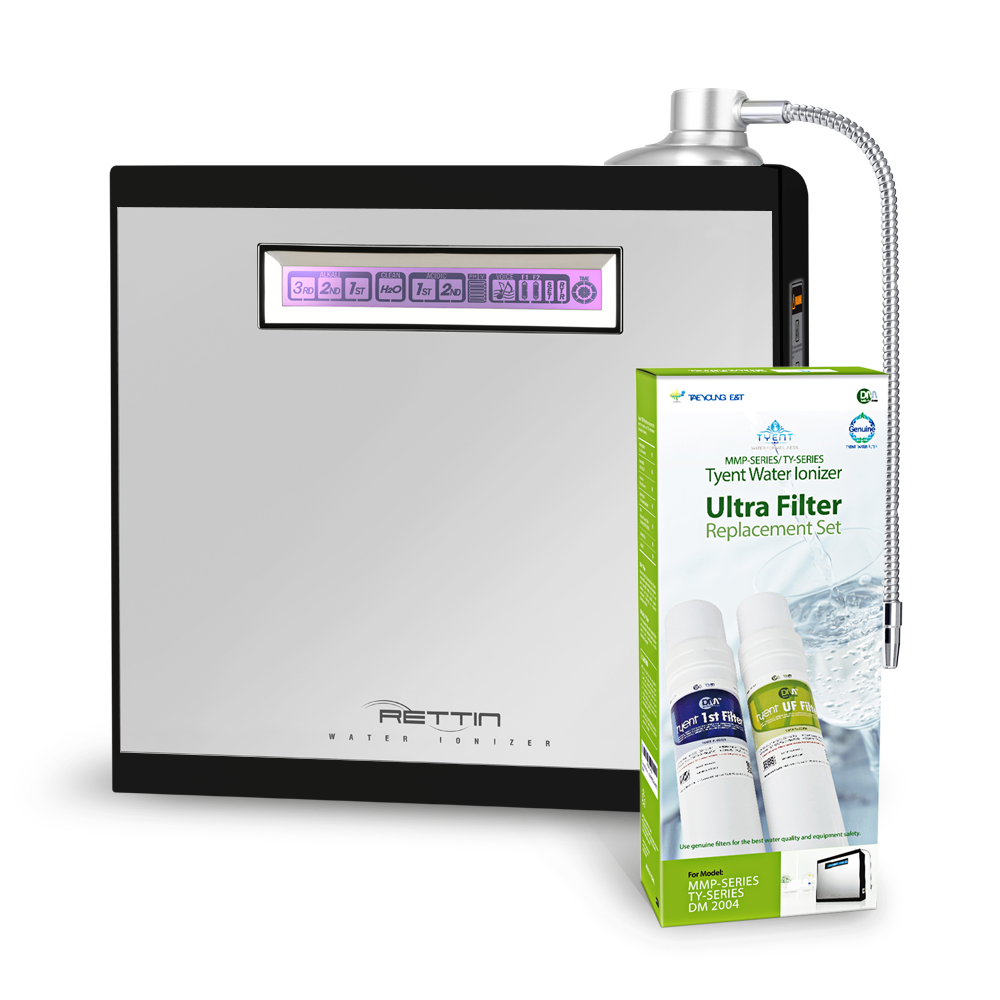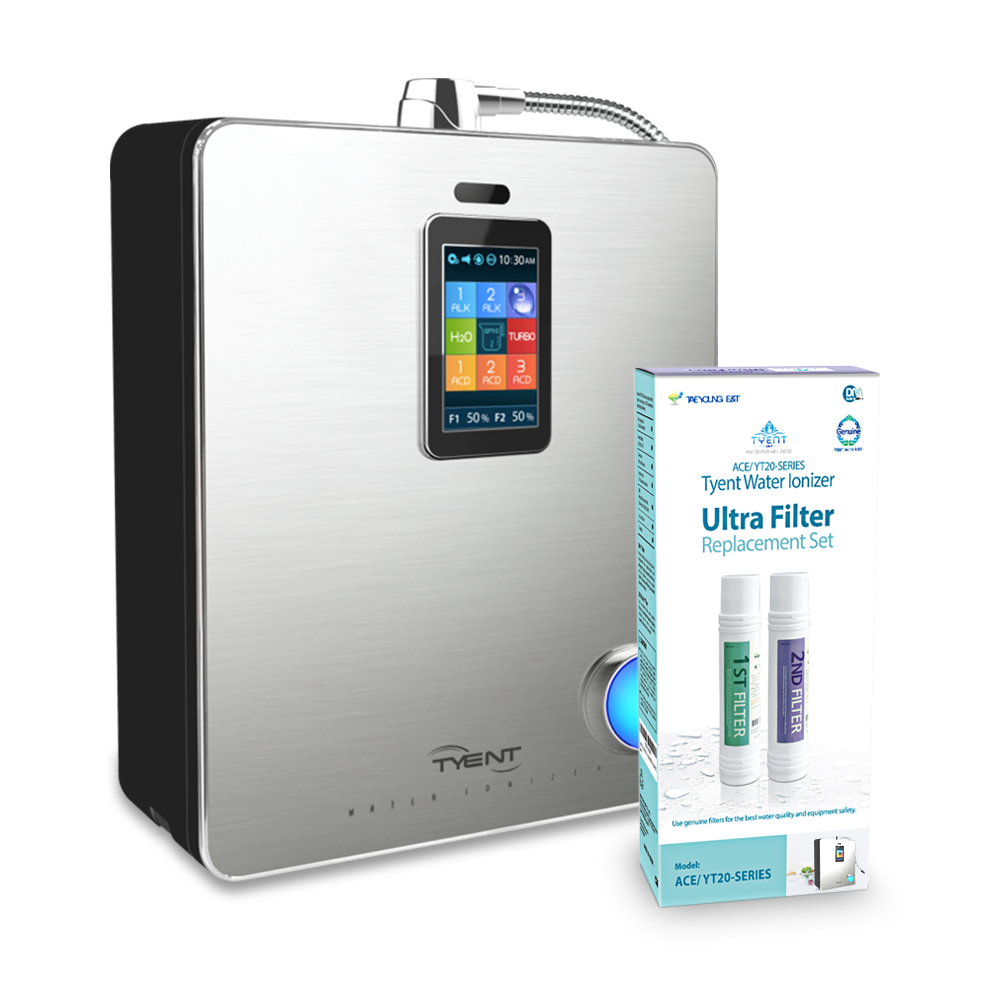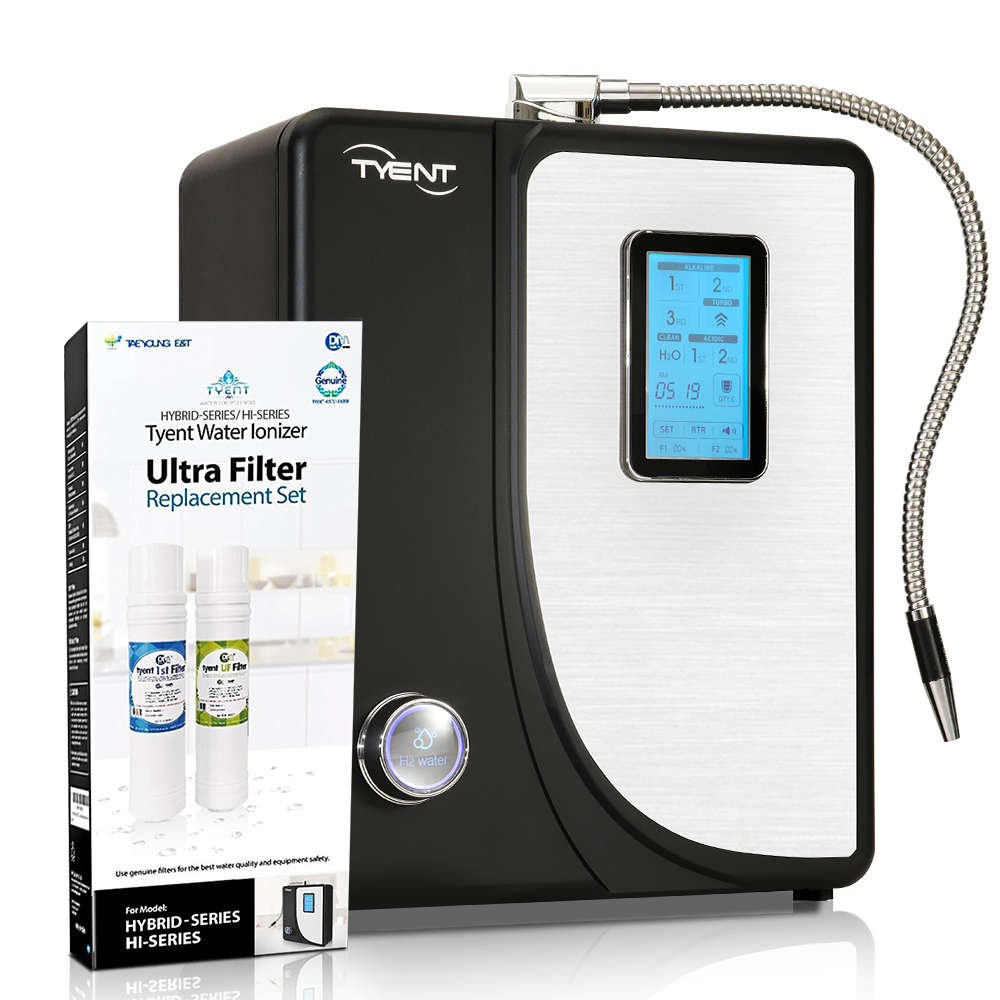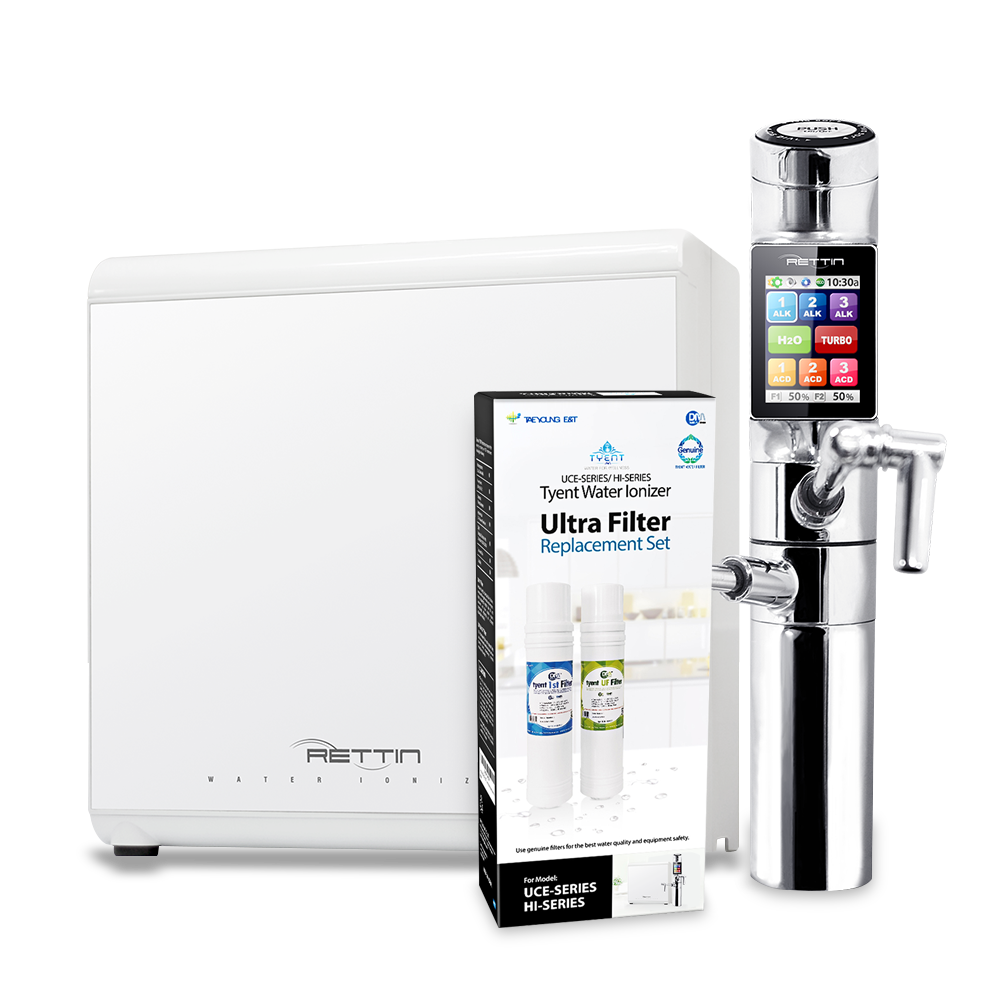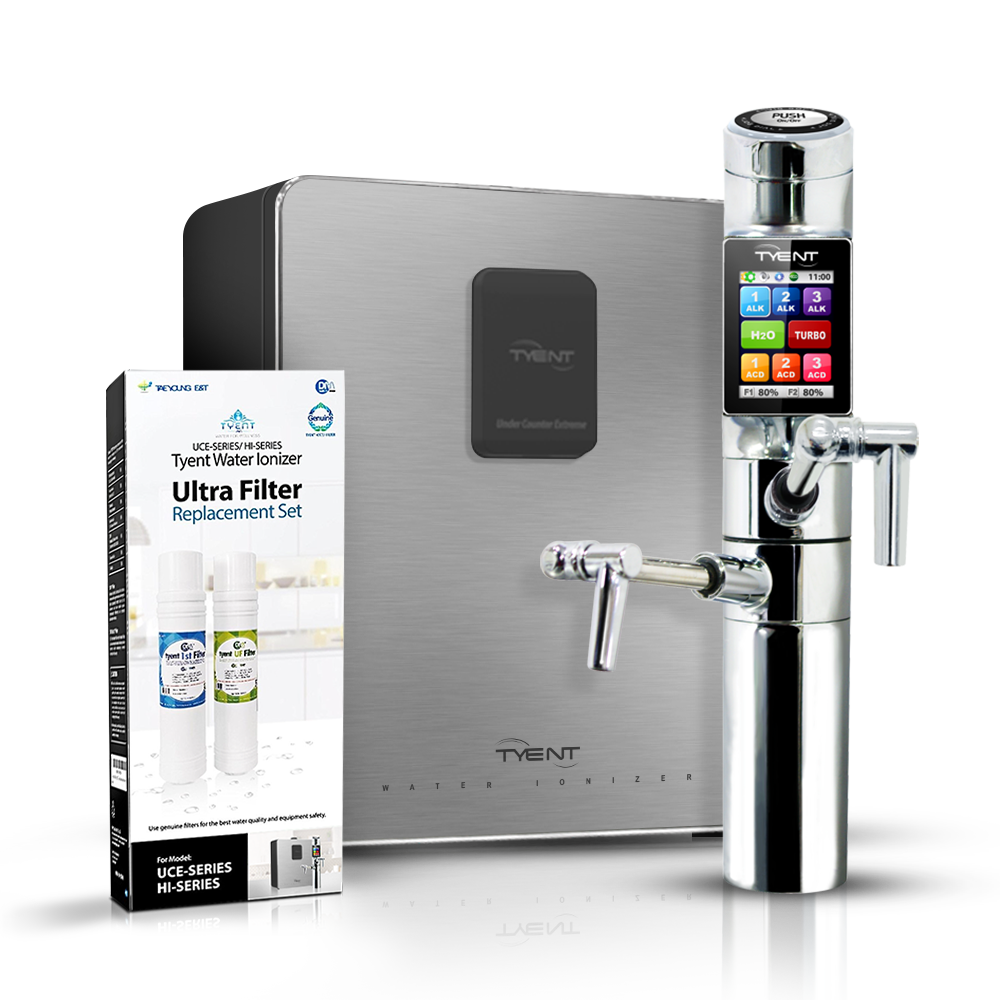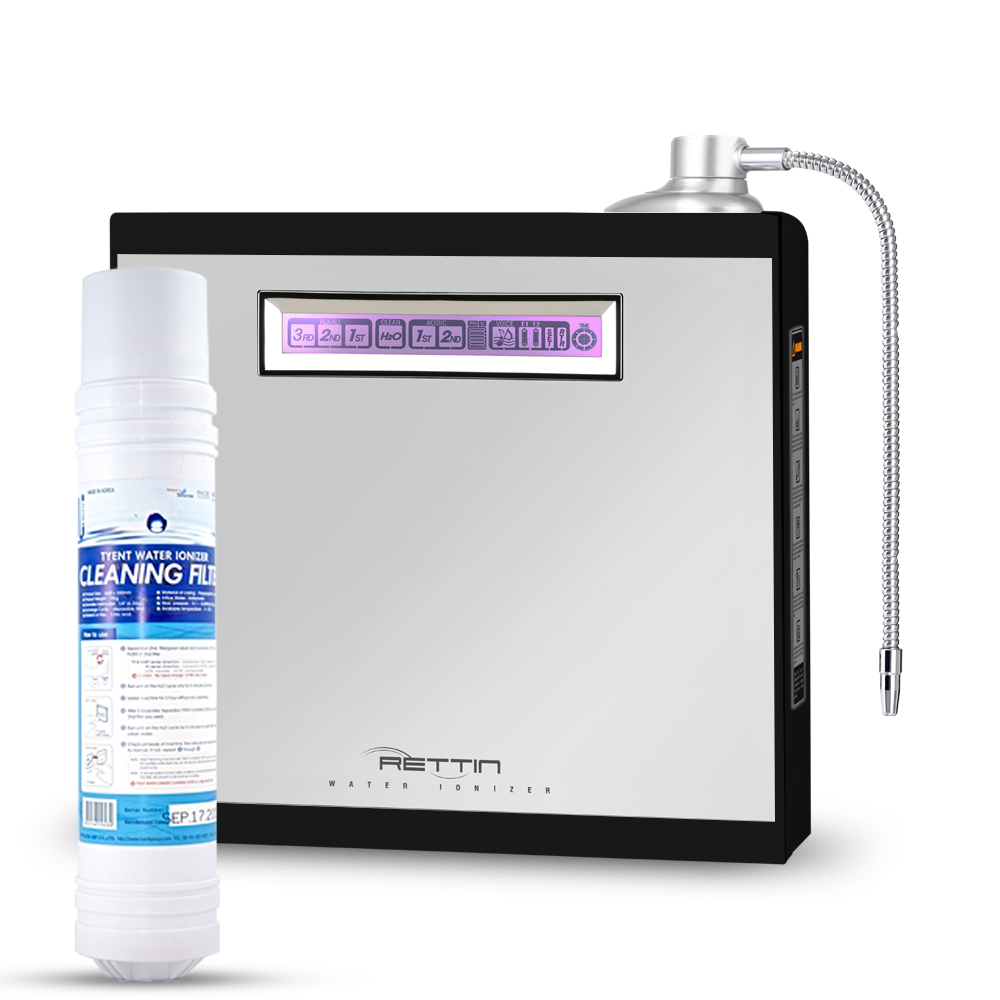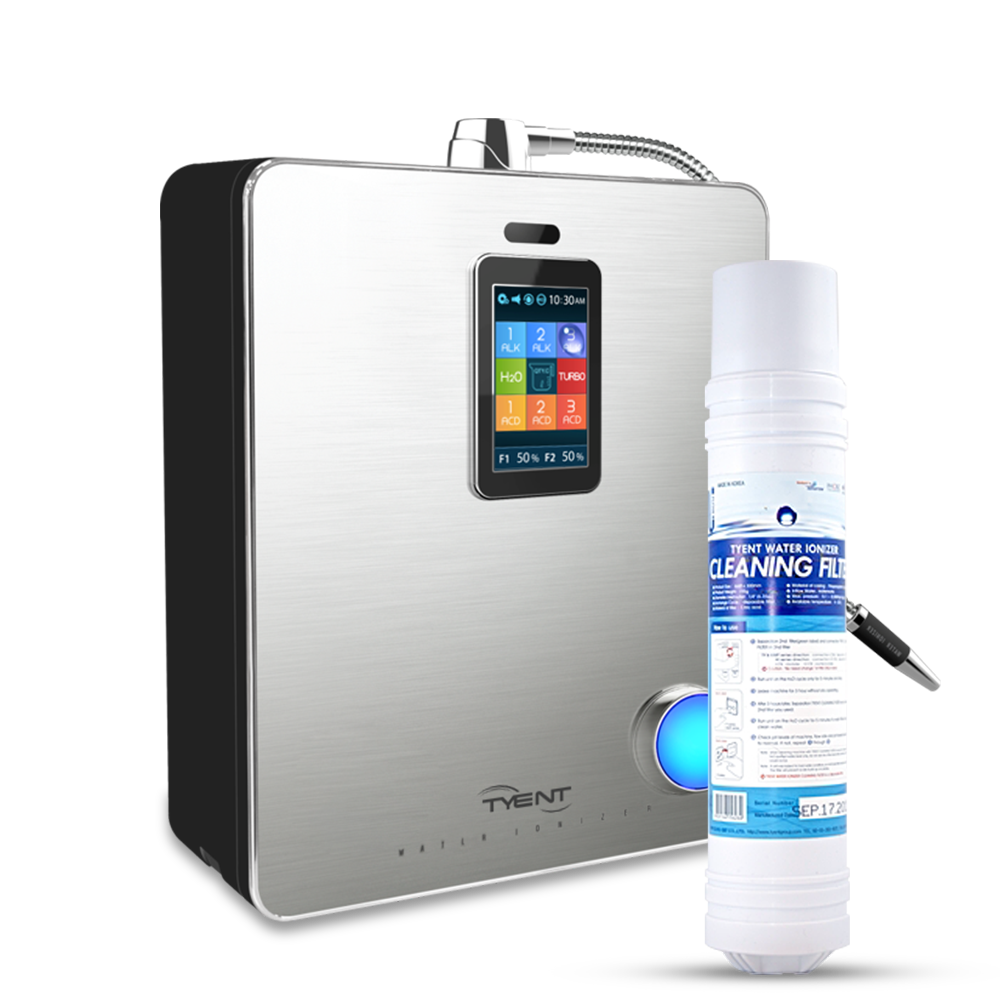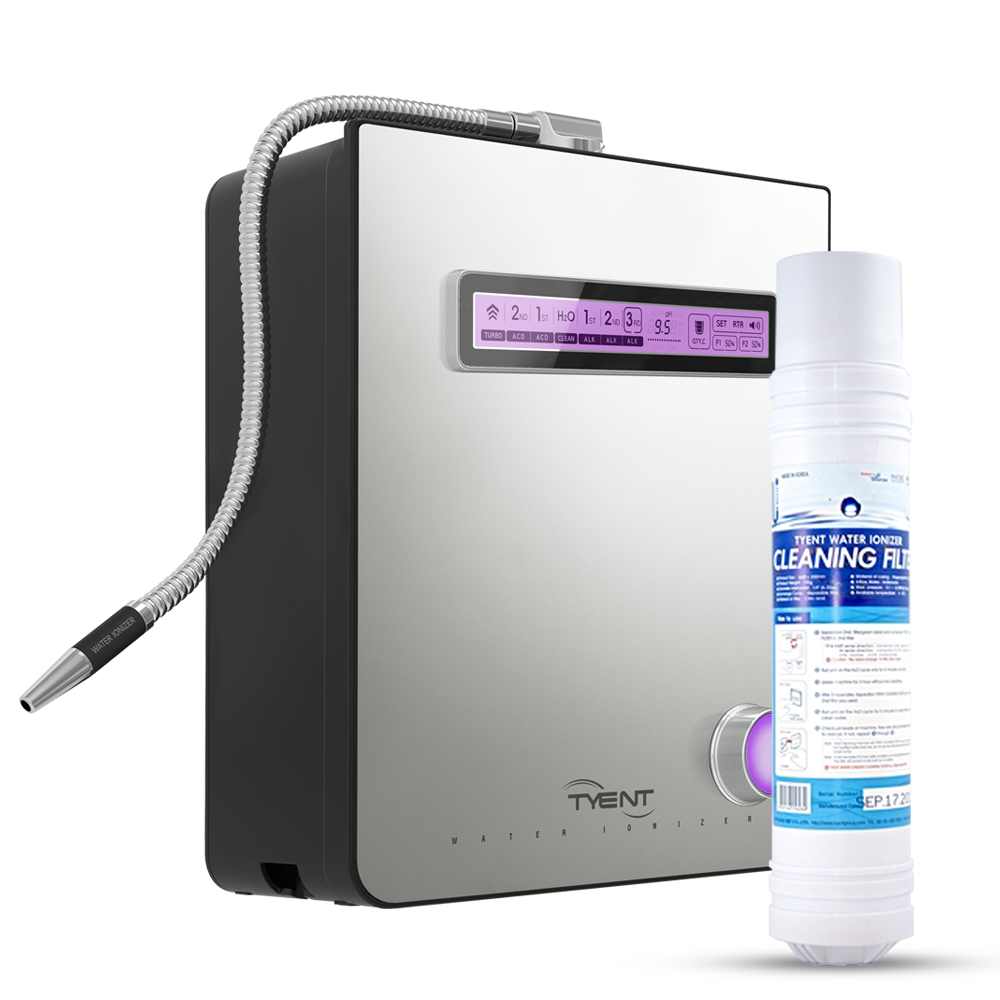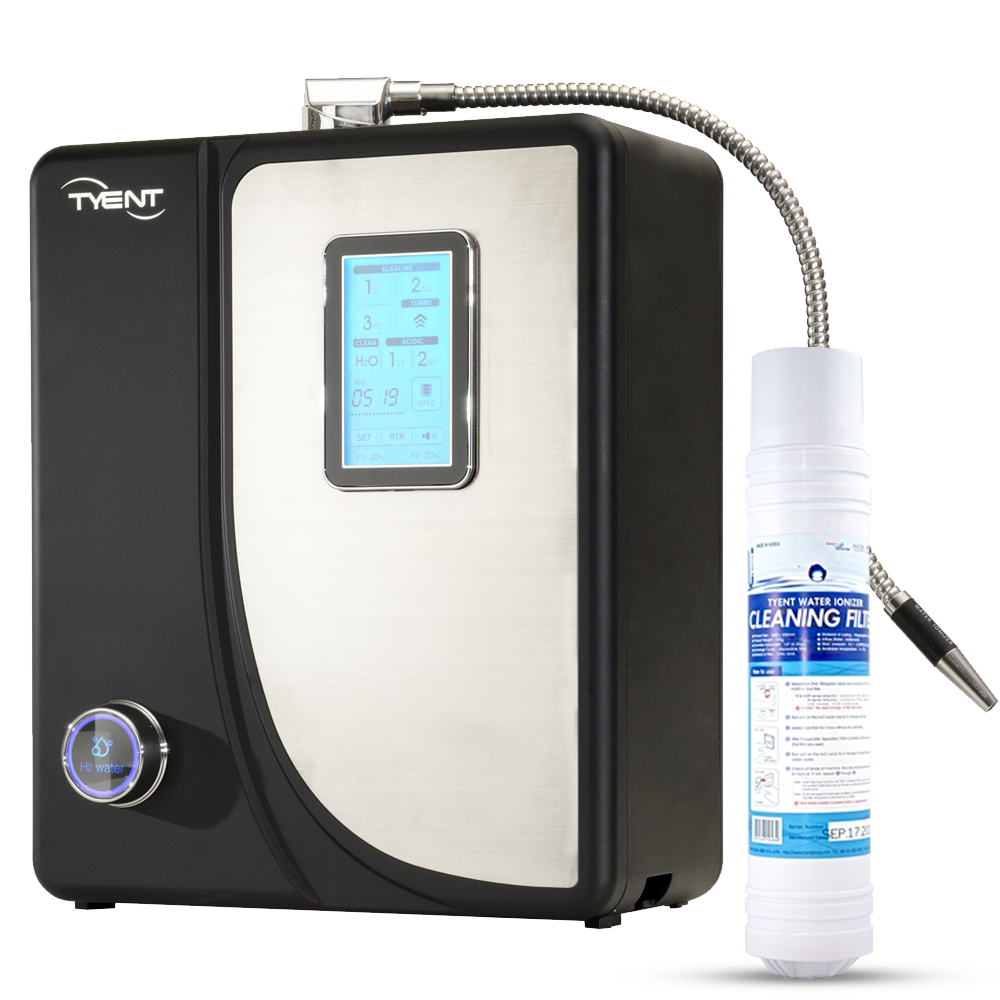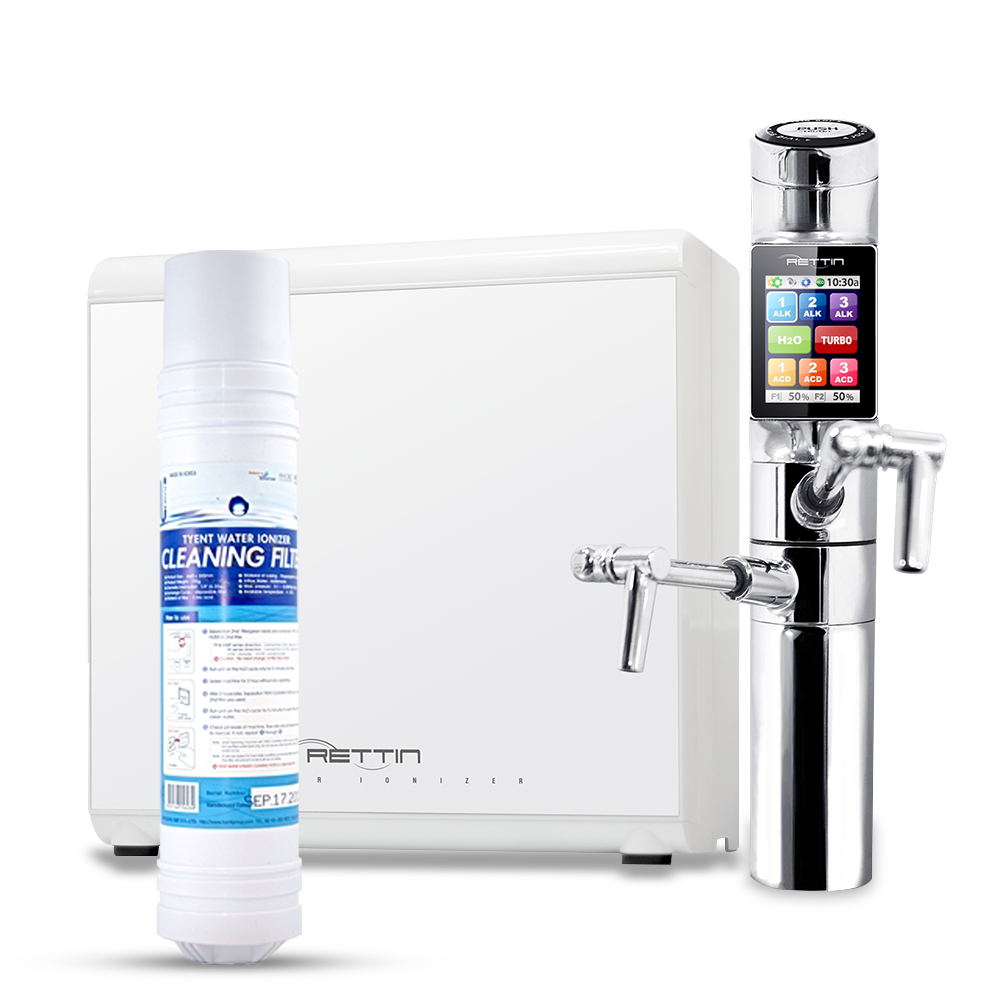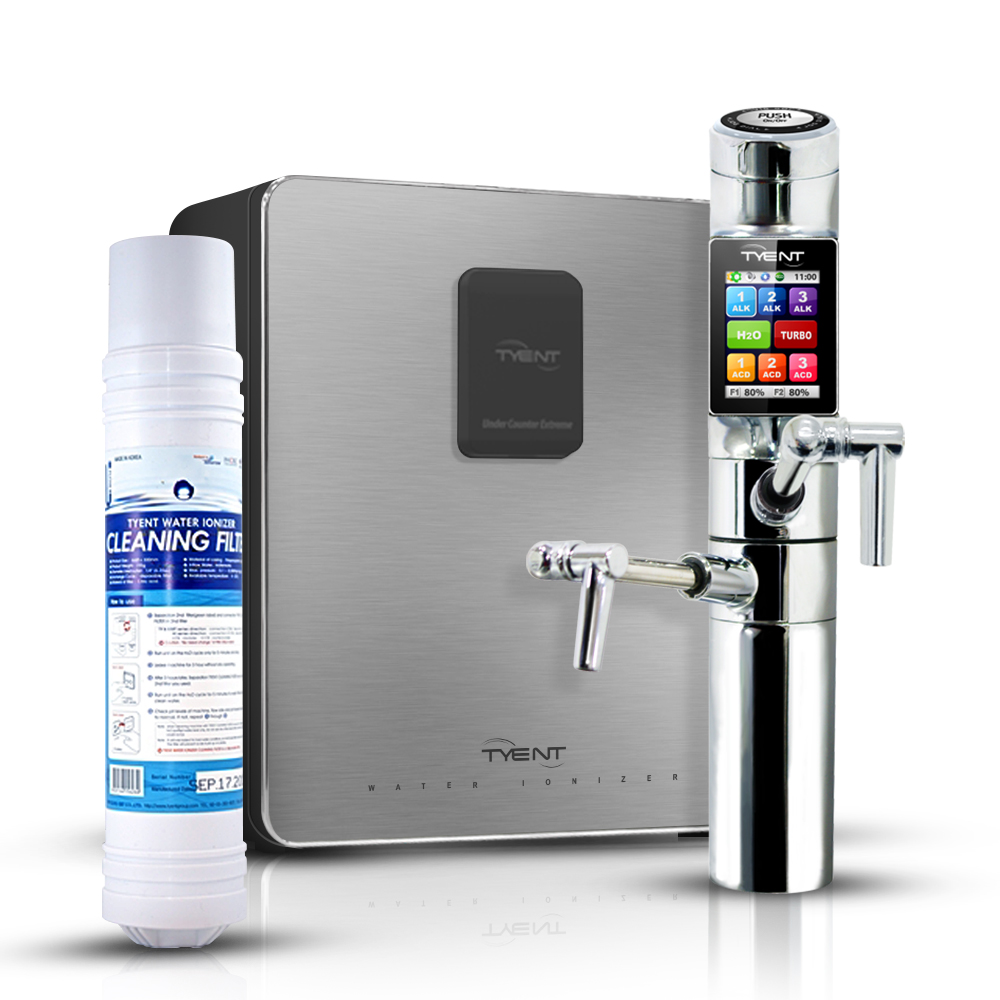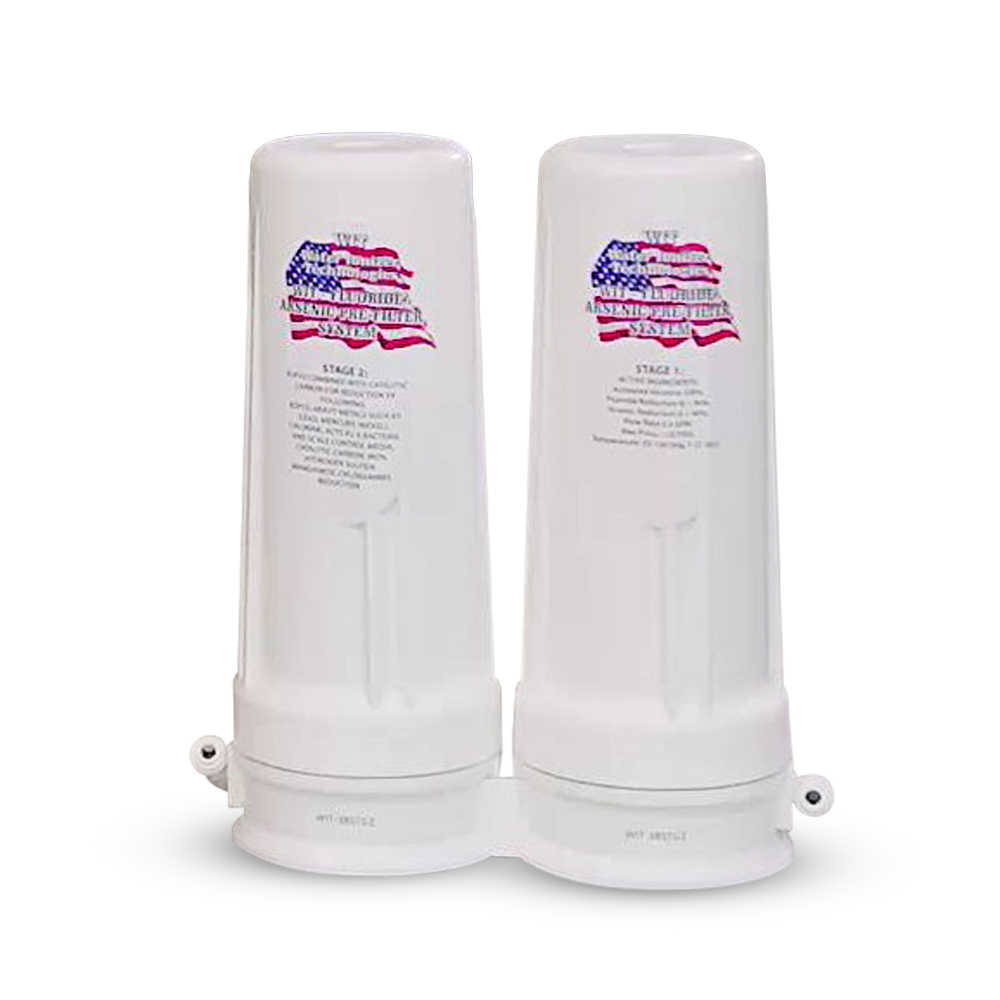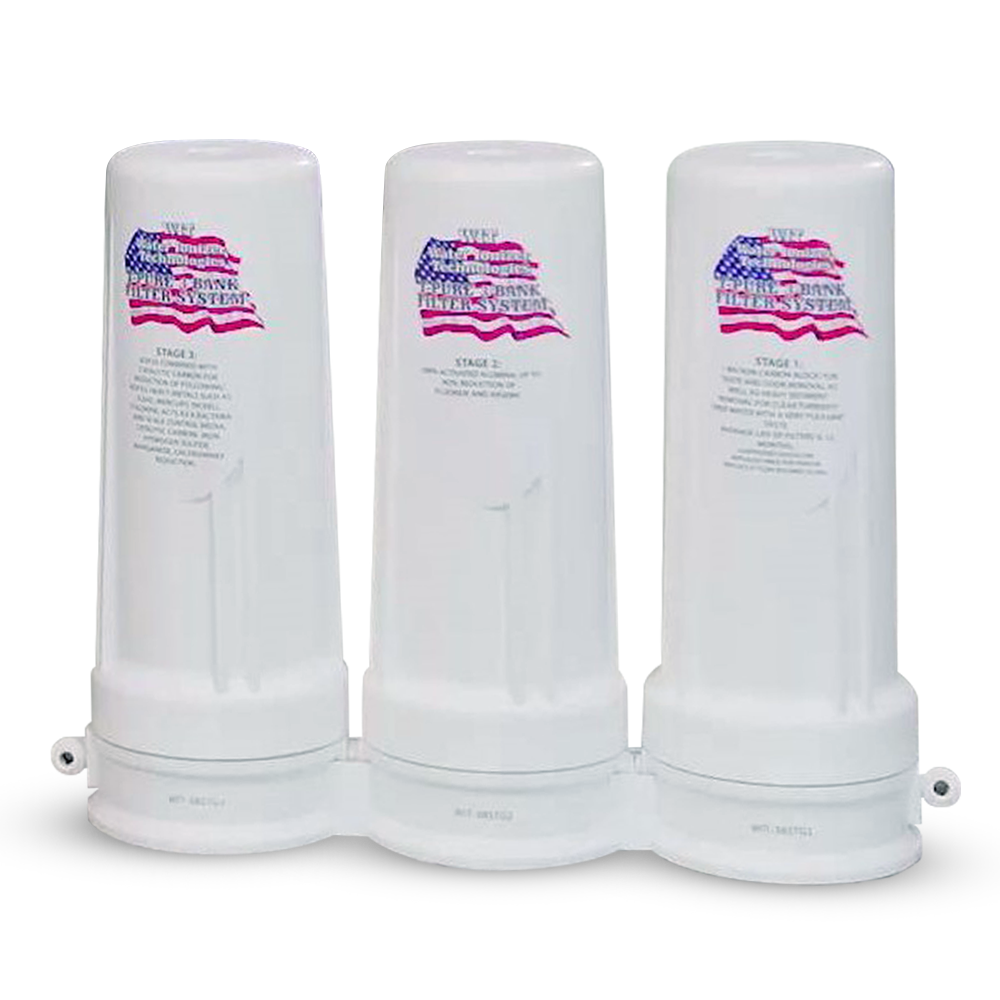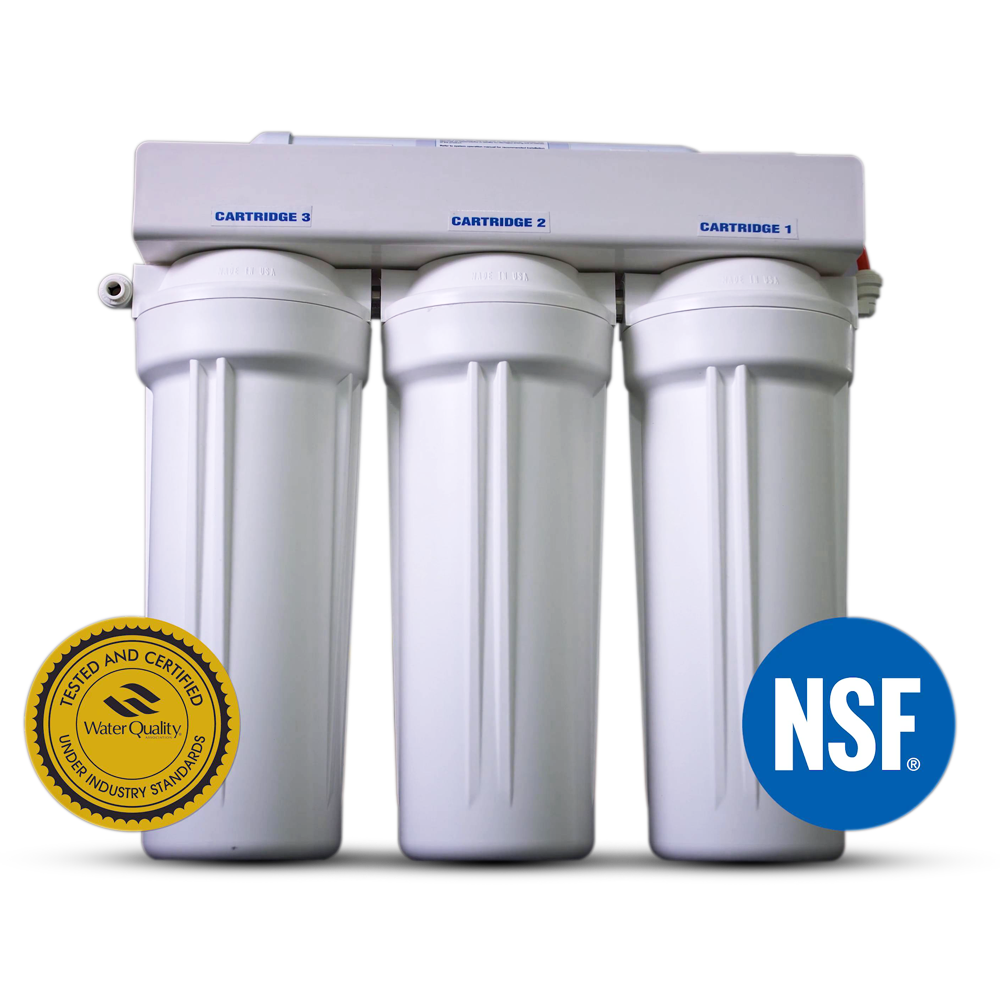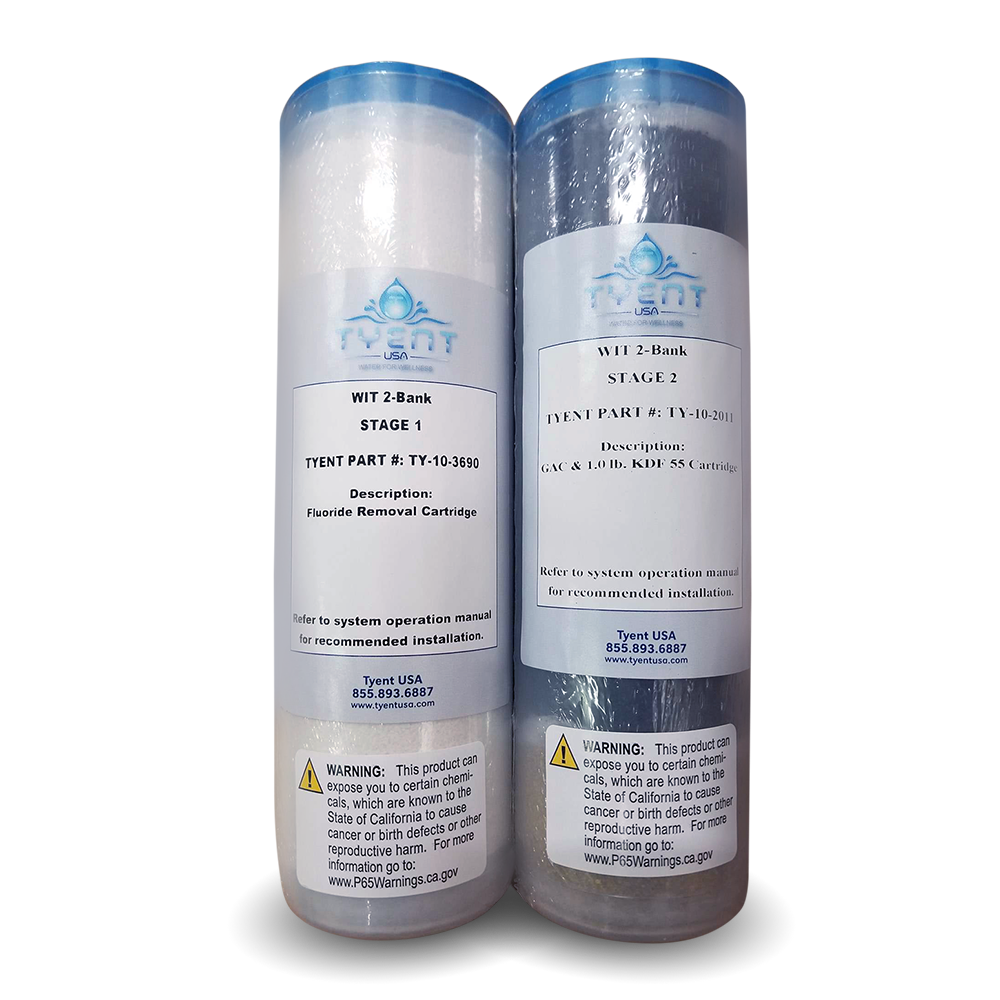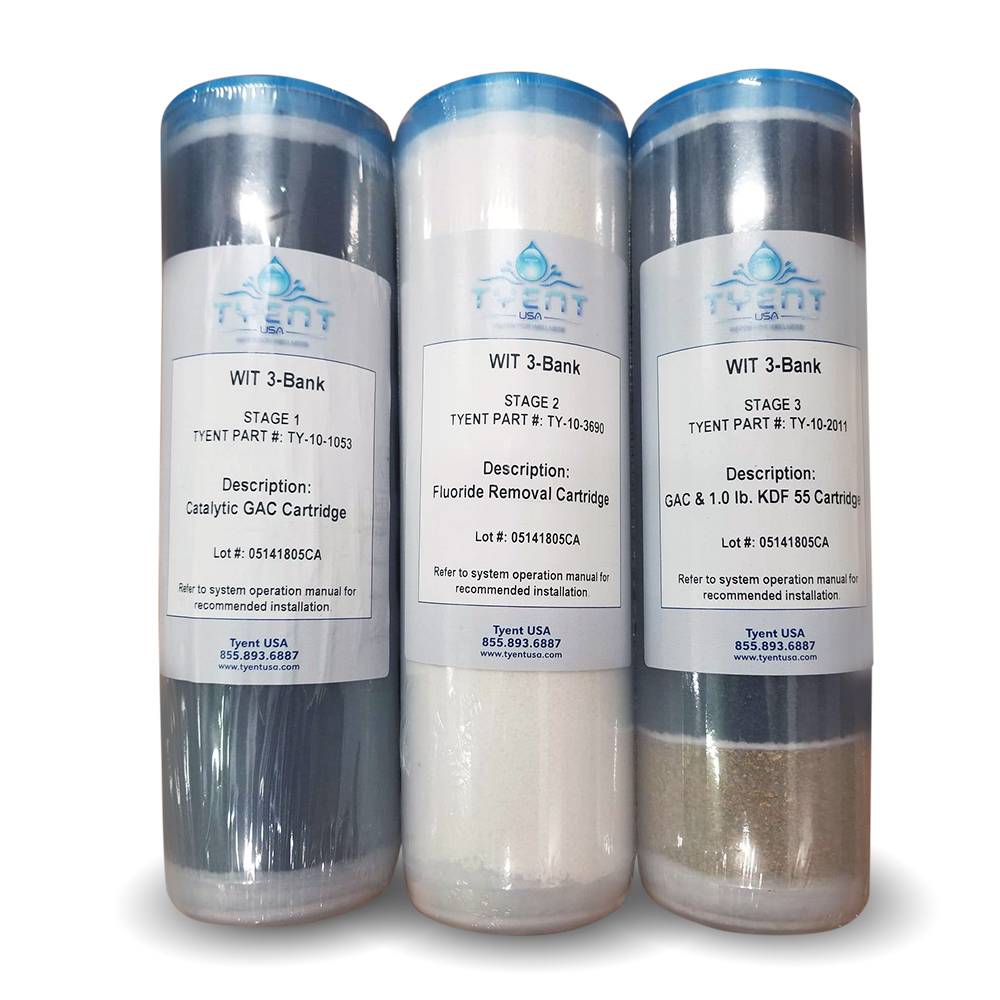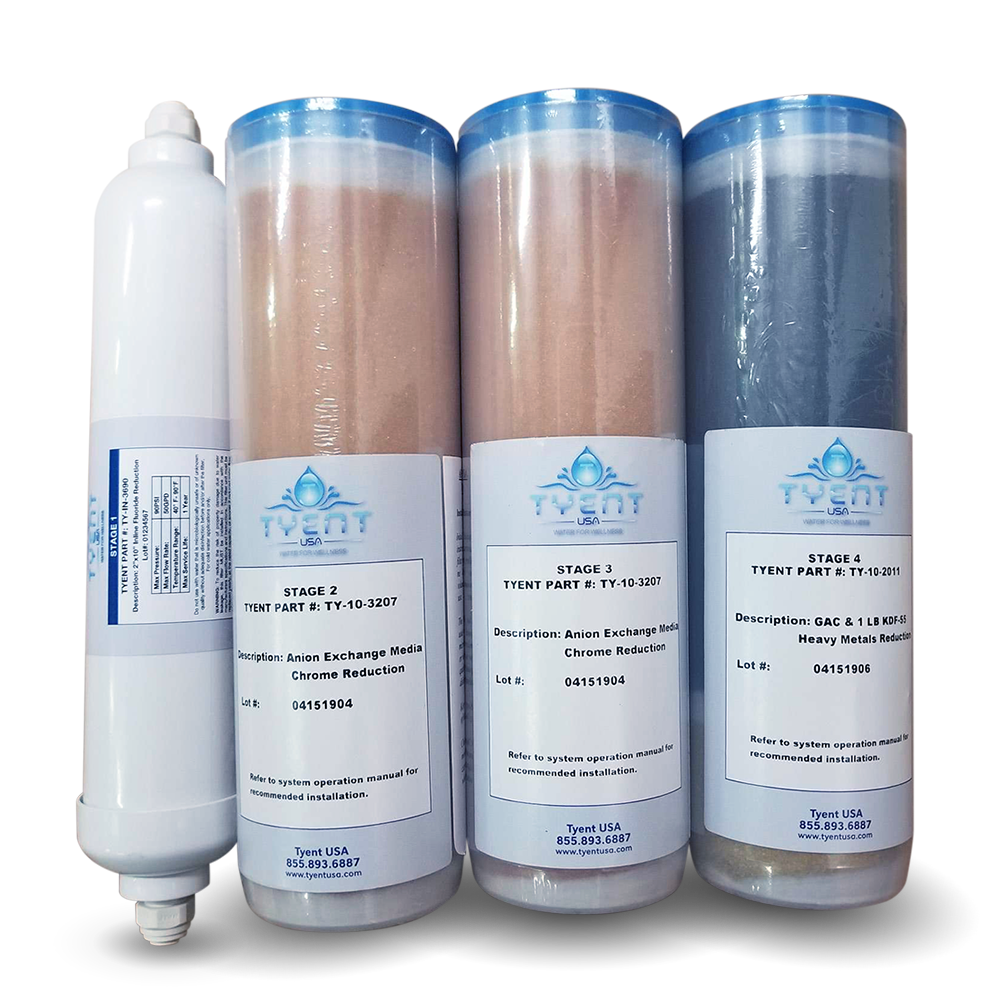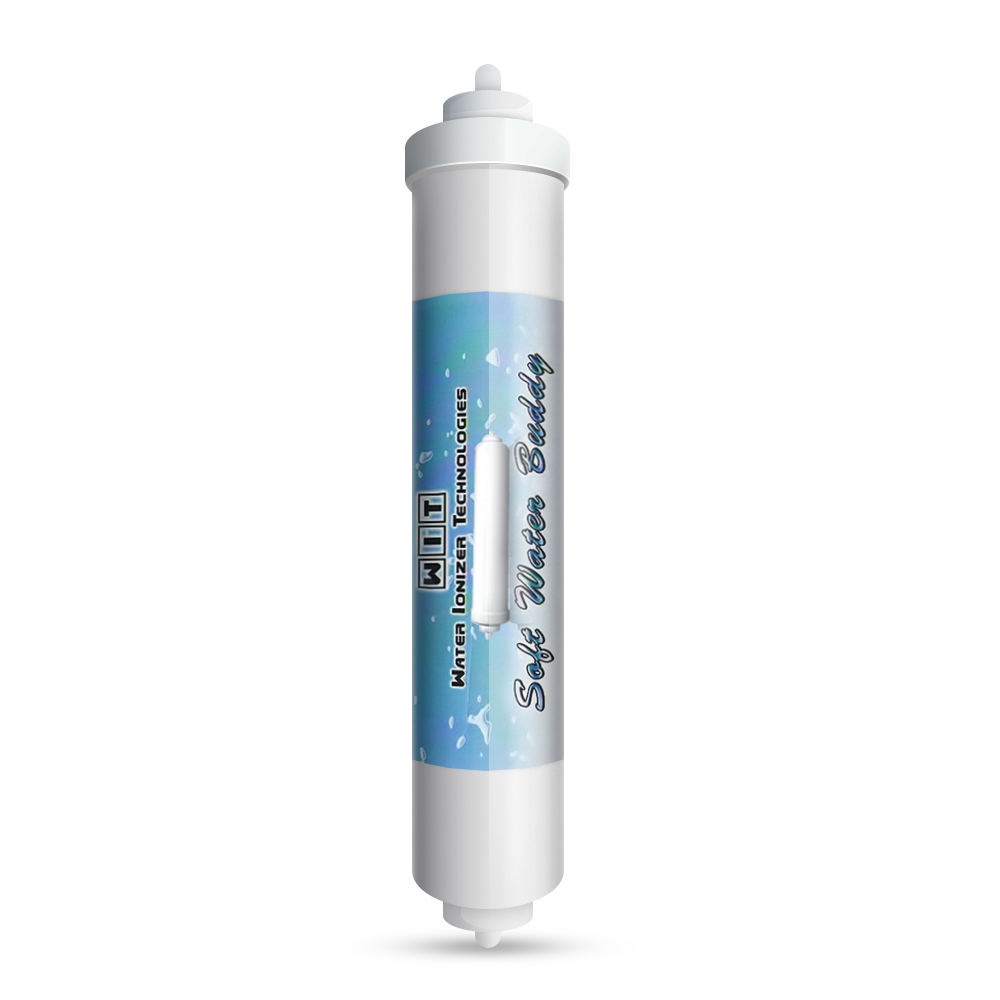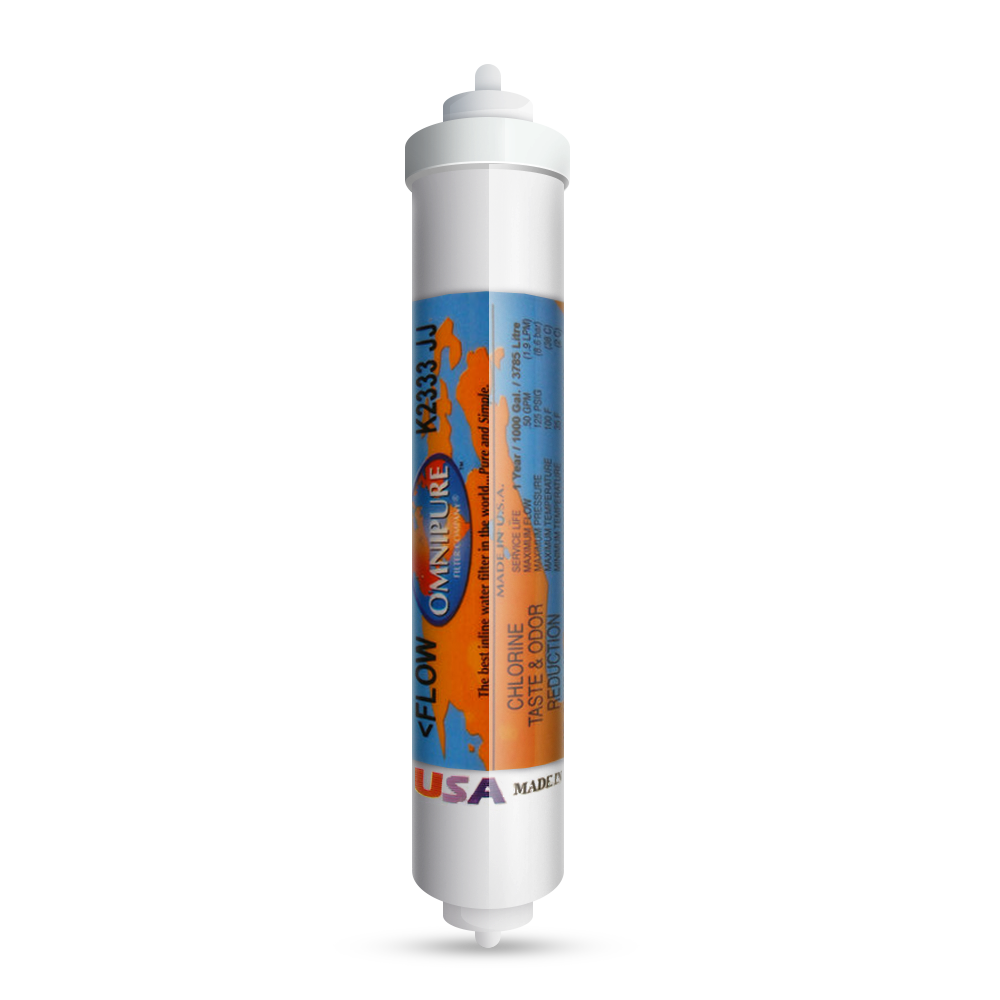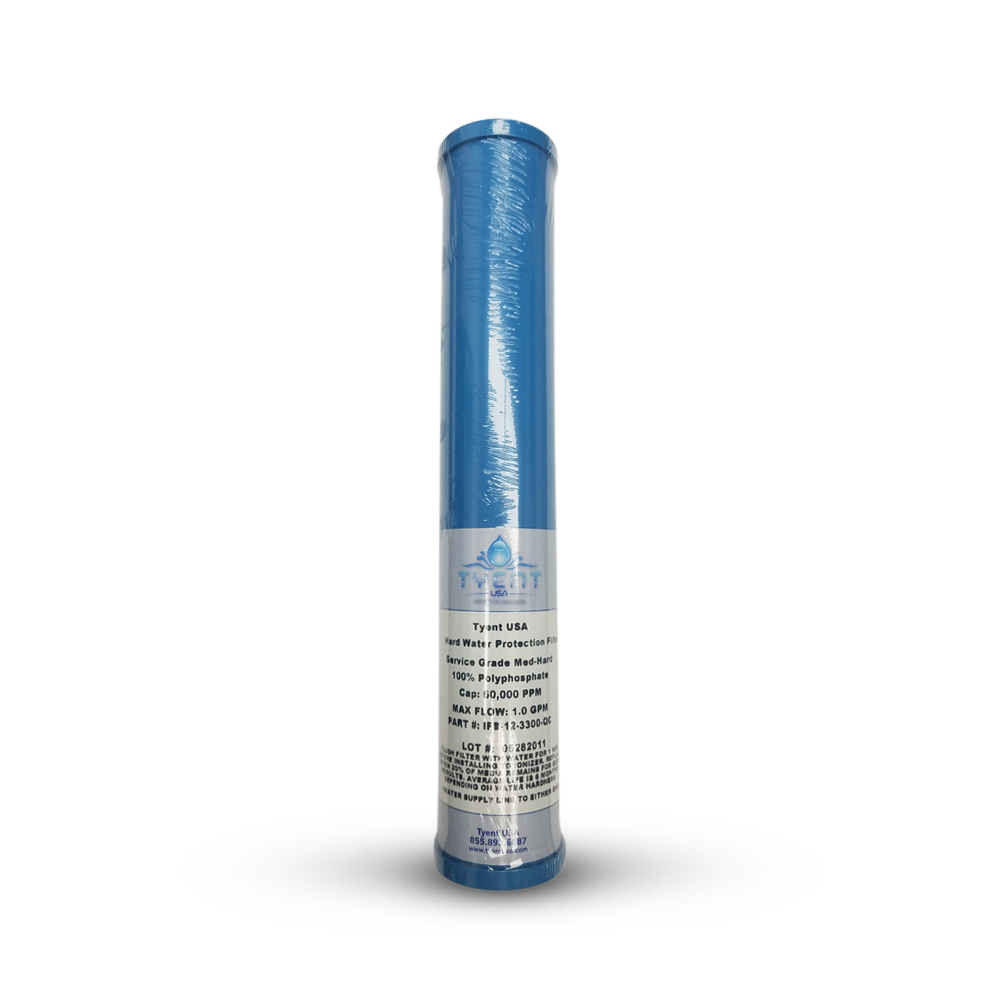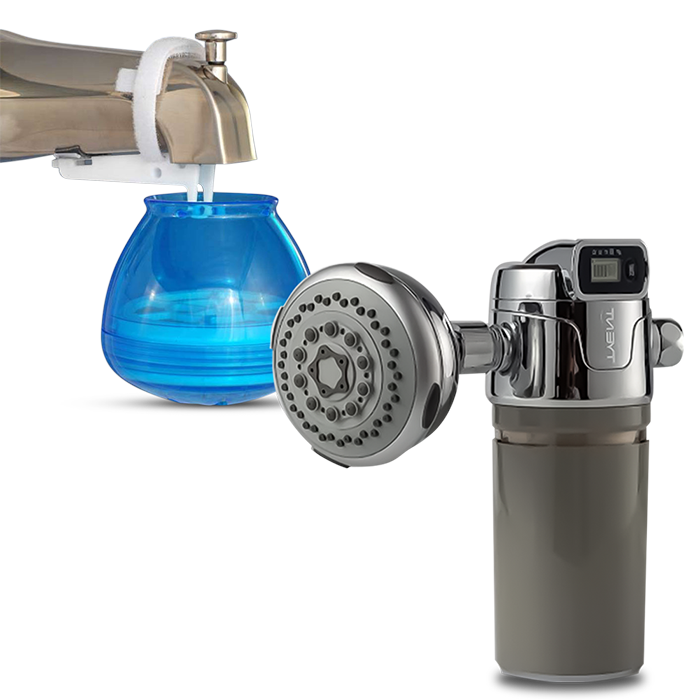

Erin Brockovich is a legal clerk, activist and author. Her courageous fight to bring those responsible for hexavalent chromium drinking water contamination to justice inspired the successful 2000 movie starring Julia Roberts in the titular role.
Brockovich is still campaigning for clean, safe water. Her 2020 book – Superman’s Not Coming - makes it clear that her passion hasn’t dimmed one jot. In fact, Brockovich’s sights are set on an even bigger danger - an insidious and almost impossible enemy: per- and polyfluoroalkyl substances, aka PFAS, aka the dreaded “Forever Chemicals.”
This time, it’s the individuals, companies, corporate bodies, institutions and administrations responsible for the widespread contamination that are drawing Brockovich’s fire.
The Cancer-Causing Chemicals in YOUR Home
Cancer-linked PFAS are a class of more than 4000 man-made chemicals that have been used in the manufacture of countless household items, appliances and even items of clothing for decades. If you’re wondering whether you have any PFAS in your home, the answer is very likely to be ‘yes.’ Non-stick cookware, carpets, pizza boxes, take-out containers, food packaging, waterproof clothing and hundreds of other everyday items contain PFAS. In fact, put it this way: if you removed all of the items that contain PFAS from your home, then you wouldn’t need to Kondo your living space for a good while.
But here’s the thing. Even if you did remove all of the objects in your life that have PFAS somewhere in their manufacturing DNA, there’s one other frightening reality – and that’s where Erin Brockovich comes in.
Carcinogenic Chemicals in Your Water?
PFAS is present in the water being supplied to millions of homes across the country. If it’s in the water, your food packaging and your home, it’s in your body – literally in your bloodstream. That’s right: PFAS shows up in blood samples taken from around the country.
It’s hard to overestimate what’s at stake when it comes to public health. PFAS passes to babies in the womb. It is linked to declining fertility, different types of cancer, ulcerative colitis and high cholesterol. Its ubiquity doesn’t equal some kind of benign reassurance – it means that we’re all at risk.
These toxic compound substances are known as “Forever Chemicals” because of their ability to remain intact instead of breaking down and becoming harmless.
PFAS aren’t in our water supply because of some gigantic chemical dump, or industrial accident. These cancer-causing chemicals are there because they’ve been allowed in via the machinations, processes and disposal methods of different types of industry for decades. We’ve been desiring and buying the commercial products made possible by the existence of PFAS since the 1940’s.
Early Red Flags?
Scientists were issuing warnings about PFAS back in the 1960’s. Did anyone try to keep PFAS out of the water intended for the general population? Were key players and officials unaware of storing up problems for the future by allowing a dangerous toxin into the water supply of thousands of communities?
The fact that we’re now in the unenviable position of trying to get a deadly contaminant under control following decades of it having almost unfettered access to our waterways is one of the major frustrations that Brockovich has spoken about.
“Reports showed in the 1960s that it was causing liver cancer in rabbits and dogs, and it was a contaminant we needed to keep an eye on. But instead of understanding what this chemical was doing in the environment, they set a guideline of 400 parts per trillion...these chemicals should be studied before they even get into the marketplace, before they’re ever put into the water system or the public is exposed to them over long periods of time.”
Erin Brockovich
Brockovich’s point is a clear-cut one. The knowledge was there that PFAS caused liver cancer in animals. It was known that these toxic chemicals needed to be monitored, to protect the health of millions of people.
Even the most dedicated action taken now is still uncomfortably close to closing the stable door after the horse has bolted.
The Politics of PFAS
Brockovich’s focus is the issue, not the politics surrounding it, but it’s sometimes impossible not to stray into a political arena, when discussing and campaigning about a danger that has been at least partly shaped by political decisions. After all, politics and public health are intrinsically and necessarily linked.
Key scientific studies that pointed to health-threatening levels of water contamination were released in 2016, a period when environmental issues were not high on the agenda of the administration of that time. The head of the Environmental Protection Agency (EPA) was the somewhat controversial Scott Pruitt, who seemingly tried to block the publication of a key federal health study into widespread contamination.
Deadly Risk to Millions or a ‘Public Relations Nightmare’?
The 2016 findings were explosive. PFAS caused liver disease, thyroid cancer and a host of other serious, possibly life-threatening ailments. One can almost understand the desire to keep it out of the public domain, given the monumental task of exercising some kind of control over a waterborne contaminant that was by this point, everywhere.
But suppressing the United States Department of Health and Human Services, Toxic Substances and Disease Registry report gave only temporary reprieve to those who considered the findings to be a ‘public relations nightmare.’ The study was released in 2018, recommending that the minimum risk level of PFAS chemicals in drinking water needed drastic amendment, with a new recommendation of PFAS contamination seven to 10 times lower than the EPA’s previous guidance.
At that time, the Environmental Working Group (EWG) was unequivocal in its own conclusions.
“This study confirms that the EPA’s guidelines for PFAS levels in drinking water woefully underestimate risks to human health. We urge EPA to collect and publish all water results showing PFAS contamination at any level, so Americans across the country can take immediate steps to protect themselves and their families.”
Olga Naidenko, Ph.D., EWG senior science advisor
Where Are We Now?
Cut to now, and Brockovich is still fighting hard. A new, more environmentally conscious administration doesn’t necessarily mean that her work is done. Brockovich takes particular issue with the appointment of ex-DuPont strategist Michael McCabe on the transition team. Why? Because McCabe was involved in curbing DuPont’s chemical clean-up responsibilities and allegedly helped the company skirt certain areas of regulation. Are the people sitting at this particular table really the ones to bring the change that’s sorely needed? On this, Brockovich doesn't mince her words:
“Let us not forget where these chemicals came from and who is responsible for putting them in our environment. Let us not bring the fox back into the hen house.”
Roadmap to Clean Water for All?
The present situation is a sobering one - the majority of Americans now have PFAS in their water – but there is hope. A roadmap – the PFAS Strategic Roadmap for 2021-2024 - has been launched by the EPA, hopefully taking to task polluting culprits and turning a light on the communities that have been hit hardest by PFAS-laced water. The Biden administration has set out plans to finally introduce vital federal regulatory measures.
Hopefully, the turn-a-blind-eye, piecemeal efforts of previous years are over, and a more joined-up commitment will start to shape the future of America’s water. Because let’s be plain: America’s water is in crisis. Erin Brockovich's name is synonymous with campaigning for clean water for all - her voice demanding action and transparency is a much-needed rallying call.
Your Checklist for Clean, Safe Water
But what about now? You turn on your tap and fill a glass with water. Is that water clean? If you give it to your children, is it safe for them to drink? Wheels are turning and action is promised, but the water flowing out of the taps in millions of homes is still contaminated.
What can you do to ensure that you and your family are drinking clean, safe water? Here’s a checklist:
- Obtain your FREE Water Report here to identify contaminants in your water
- Avoid bottled water
- Install a Tyent Water Ionizer that removes contaminants
Why is a Tyent Water Ionizer the answer? The reasons are compelling: cutting-edge filtration for the cleanest water; natural molecular hydrogen for a whole list of benefits, and better taste and hydration from alkaline water.
No other water ionizer company can compete with Tyent filtration technology. Quite simply, it is the best in the world. Our filters have the same micron level as kidney dialysis machines and the Tyent Chromium-6 (the ‘Erin Brockovich Chemical’) Filter is a 4-stage filtration system that removes heavy metals, including 99% of lead; 99.9% of Chromium-6 and 90-95% of fluoride.
Stop Worrying About Your Water with a Water Ionizer
Not worrying about what’s in your water is a great way to live. Want to learn more? We’re here to talk about water safety and how easy it is to install a water ionizer at home. Call our team at 855-TYENT-US (855-893-6887).






















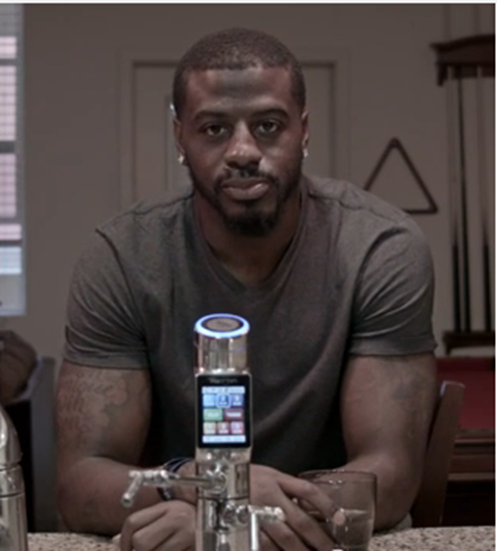


































![10+ Key Findings from Hydrogen Water Studies [2025]](https://www.tyentusa.com/blog/wp-content/uploads/2024/07/Screenshot-2024-07-12-091717-300x300.png)
![Kangen Water Scam: Everything You Need to Know [2025]](https://www.tyentusa.com/blog/wp-content/uploads/2024/08/Screenshot-2024-08-15-000646-300x141.png)
![How Do Hydrogen Water Bottles Work? [2025]](https://www.tyentusa.com/blog/wp-content/uploads/2024/08/Screenshot-2025-01-08-052632.png)







